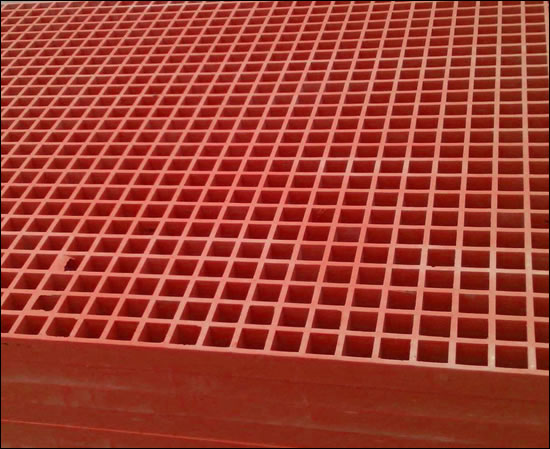Welcome to our websites!
1 月 . 28, 2025 05:34 Back to list
Chain link wire mesh fence
Gabion boxes have become a popular solution in both urban and rural landscapes due to their versatility and robustness. Their installation is a crucial process that, when done correctly, ensures longevity and effectiveness. Here's a comprehensive guide crafted from direct experience and authoritative insights into the art of gabion box installation.
Filling the gabions is an art that balances aesthetics with structural efficiency. The selection of stones is crucial. Use durable materials like granite or basalt, with stone sizes exceeding the mesh openings to avoid leakage. Specialist operators often layer the stones carefully, ensuring the best fit and least voids. For a visually appealing finish, place the most aesthetically pleasing rocks on the outer layer. Compaction of the filled gabion box is a step that bears significant importance. As experts will attest, ensuring no gaps within the box is key to prevent settling over time. A vibrating compactor can be employed, but manual adjustment is often preferred for finer results. Safety and environmental considerations must not be sidelined during gabion installation. Workers should wear appropriate protective gear including gloves and safety boots. Establish a silt fence or similar barrier to prevent disruption of the local ecosystem during construction. Finally, conduct a thorough inspection once the installation is complete. Look for any anomalies such as bulging or misaligned boxes, and rectify them promptly. Periodic maintenance check-ups post-installation can highlight issues like stone displacement or wire corrosion, enabling timely interventions. Gabion box installation is an endeavor that blends craftsmanship with engineering, requiring attention to detail and adherence to best practices. Professionals in this field bring not just skills but a level of expertise and trustworthiness that reflects in the resilience and aesthetic appeal of the final product. Armed with this guide, installers can approach their next project with confidence, ensuring an outcome that stands the test of time and nature.


Filling the gabions is an art that balances aesthetics with structural efficiency. The selection of stones is crucial. Use durable materials like granite or basalt, with stone sizes exceeding the mesh openings to avoid leakage. Specialist operators often layer the stones carefully, ensuring the best fit and least voids. For a visually appealing finish, place the most aesthetically pleasing rocks on the outer layer. Compaction of the filled gabion box is a step that bears significant importance. As experts will attest, ensuring no gaps within the box is key to prevent settling over time. A vibrating compactor can be employed, but manual adjustment is often preferred for finer results. Safety and environmental considerations must not be sidelined during gabion installation. Workers should wear appropriate protective gear including gloves and safety boots. Establish a silt fence or similar barrier to prevent disruption of the local ecosystem during construction. Finally, conduct a thorough inspection once the installation is complete. Look for any anomalies such as bulging or misaligned boxes, and rectify them promptly. Periodic maintenance check-ups post-installation can highlight issues like stone displacement or wire corrosion, enabling timely interventions. Gabion box installation is an endeavor that blends craftsmanship with engineering, requiring attention to detail and adherence to best practices. Professionals in this field bring not just skills but a level of expertise and trustworthiness that reflects in the resilience and aesthetic appeal of the final product. Armed with this guide, installers can approach their next project with confidence, ensuring an outcome that stands the test of time and nature.
Share
Latest news
-
Temporary Fence Base Products Durable & Reliable Manufacturer Solutions
NewsMay.30,2025
-
Best Africa Chicken Netting Hexagonal Wire Mesh Durable & Weatherproof
NewsMay.30,2025
-
Australian Temporary Fence Solutions Durable & Reliable Products
NewsMay.30,2025
-
Galvanized Steel Gabion Net & Trusted Gabion Factory Solutions High Durability
NewsMay.29,2025
-
Top-Rated Removable Fences Durable & Easy-Install Solutions
NewsMay.29,2025
-
Steel Expanded Metal Mesh Fence
NewsMar.07,2025



